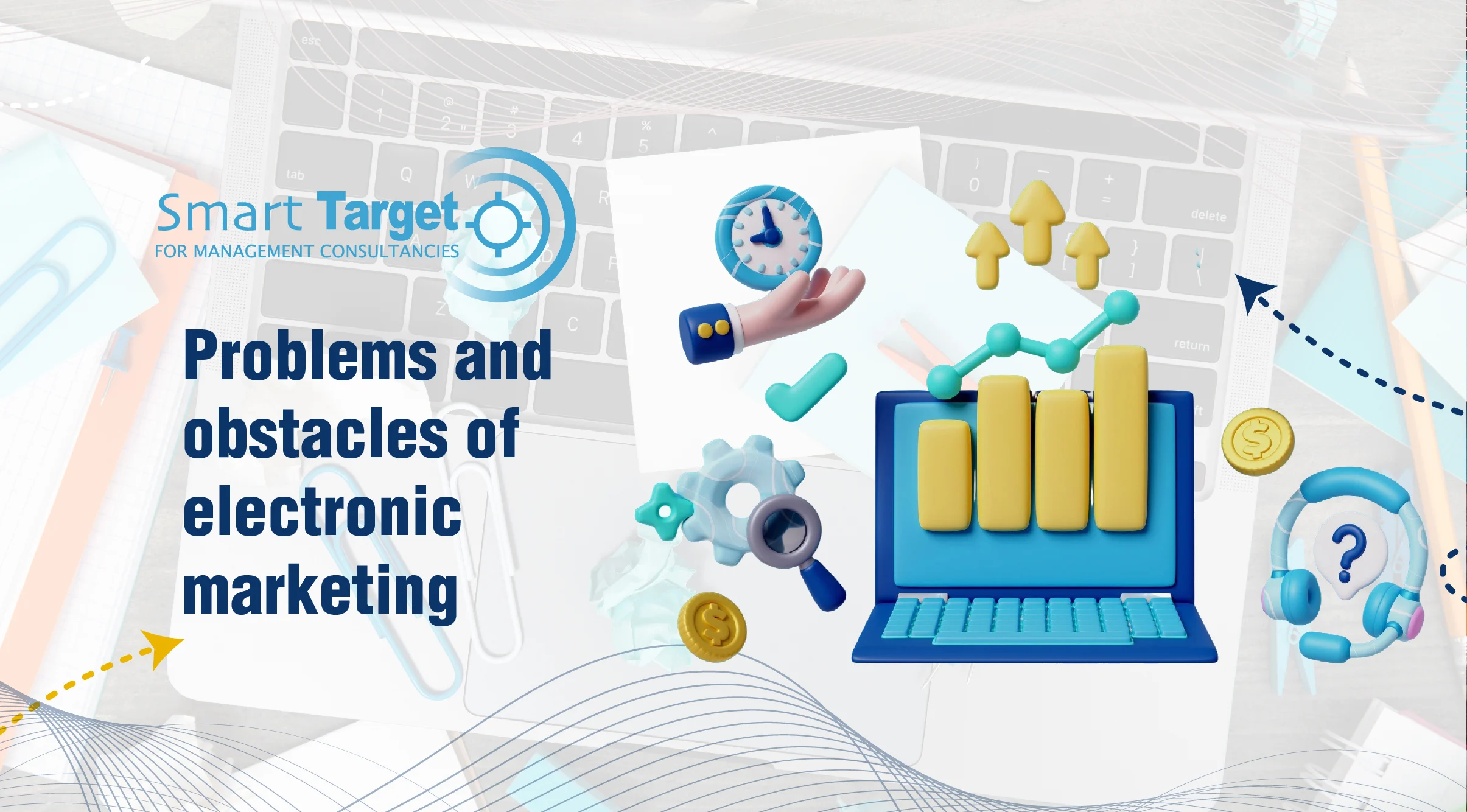

Marketing is considered an essential pillar in the success of any company or organization, whether commercial or non-commercial. It is the process that aims to understand and meet customer needs. It is the bridge of communication between the target audience and the products and services provided. Marketing aims to attract potential customers and convert them into actual customers, which leads to increased sales and profits. Therefore, marketing plays a crucial role in increasing revenues and achieving sustainable success for companies and individuals alike. Despite this, it faces many difficulties and obstacles such as cost, difficulty in reaching the target audience, and difficulty in defining and measuring results.
1. For companies:
Increase sales: Marketing helps reach a greater number of potential customers, which leads to increased sales and profits.
Brand building: Marketing contributes to building a strong brand that defines the company and distinguishes it from its competitors.
Developing relationships with customers: Marketing helps build strong relationships with existing customers, which encourages them to continue doing business with the company.
2. For people:
Promote skills: People can use marketing to promote their skills and services, which helps them attract more clients.
Personality building: Marketing can be used to build a strong online personality, which helps you stand out in the job market.
What are the problems and obstacles of traditional marketing?
Despite the importance of marketing, it faces many challenges and problems, including:
These problems may include reaching the target market.
Understanding customer needs.
Determine appropriate marketing strategies.
Manage resources effectively.
The most prominent marketing problems facing companies are:
Lack of clarity in marketing objectives: Therefore, companies must clearly define their marketing objectives before starting any campaign.
Lack of an integrated marketing strategy: The solution is to develop an integrated marketing strategy that includes all marketing channels.
Inefficient use of resources: To confront this, companies must use their marketing resources efficiently and effectively.
Not measuring the results of marketing campaigns: Therefore, companies must work to measure the results of marketing campaigns periodically to evaluate their effectiveness.
Among the common problems and challenges facing e-marketing are:
Intense competition in the market, which makes it difficult to distinguish the best
Changing customer trends and preferences
International marketing challenges
Cost pressures, legal and regulatory constraints
Search engine algorithms are constantly changing, which affects the ranking of websites in search results.
Technology is evolving rapidly, requiring companies to adapt to new technology.
Feeling unsafe when using electronic payment methods
Continuous development of innovative marketing strategies.
Seeking the assistance of marketing experts to develop an effective marketing strategy.
Adapting to consumer behaviour
Using data to improve marketing campaigns and make them more effective.
Using artificial intelligence in some marketing tasks and making them more efficient.
Use electronic marketing tools that help reach the audience
Using insurance methods for electronic payment through a number of special programs
E-marketing has created many opportunities such as:
Providing access to global markets as it provides products and services without being tied to a geographical location
Providing the opportunity to adapt and adapt products to customer needs
The ability to develop products and keep pace with the changing and evolving needs of customers through direct communication with them and following up on their suggestions and opinions
Providing the advantage of flexible pricing in line with changing internal and external factors
Marketing through various channels and disintermediation
The most prominent obstacles facing successful digital marketing are:
1. Absence of model or process
the solution:
Content Mapping: Link content to persona and lifecycle to ensure marketing impact with minimal resources.
Data analysis: Identify key visitor segments.
Multivariate A/B testing: Improve responsiveness.
Allocation: Identify areas of highest return using simple rules-based allocation.
2. Constrained budget
the solution:
Integrated Solutions: Purchase an integrated solution up front that is designed to work in harmony.
Marketing Automation: Integrating new capabilities
Such as marketing automation.
Hiring highly skilled people: Hiring highly skilled employees such as digital strategists and digital marketing analysts.
3. Pressure for short-term gains:
the solution:
Demonstrate marketing impact: Link marketing directly to business goals.
Impact analysis: Build a business case or sensitivity analysis that demonstrates the impact on business objectives.
Proven processes: Use proven processes when implementing a new IT and digital marketing plan.
Skill building: developing team skills
4. Lack of resources
the solution:
Investing in education and training: enhancing the marketing team’s skills in areas such as data analysis and decision making.
Cooperation with consulting companies: hiring experts specialized in digital marketing.
Using data analysis tools: Taking advantage of the tools available to analyze data and make decisions based on them.
Focus on the most effective channels: Allocate budget to the channels that achieve the best results.
Find affordable alternatives: Use free or low-cost tools and software.
5. the management of change
Implementing any new strategy is difficult, especially when it comes to organizational change in the customer experience space.
the solution:
Obtain advice from a consultant specializing in organizational development to ensure effective implementation and training of employees in their new roles.
The digital transformation plan must include a skills and human resources implementation and training plan.
This plan should include identifying the new skills required, providing appropriate training, and ensuring employees are supported throughout the change process.